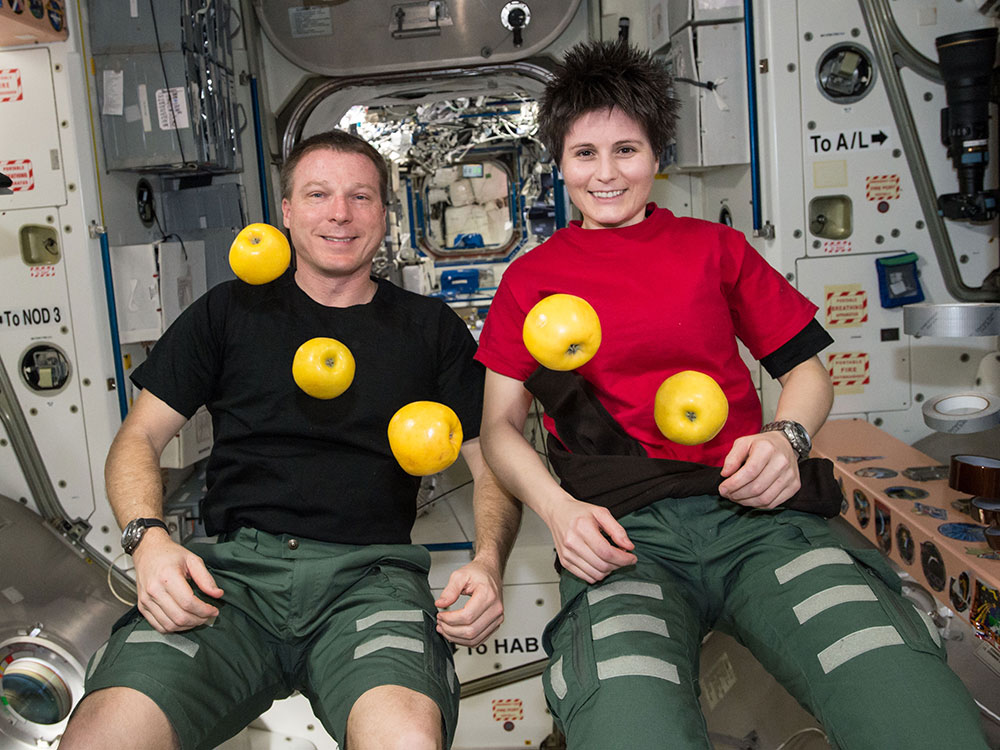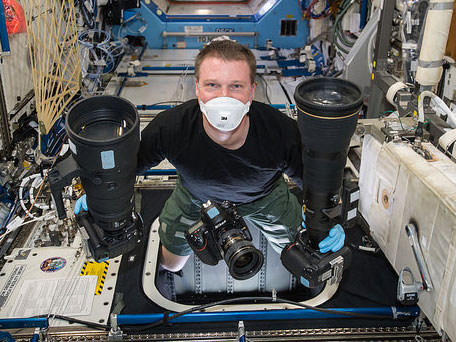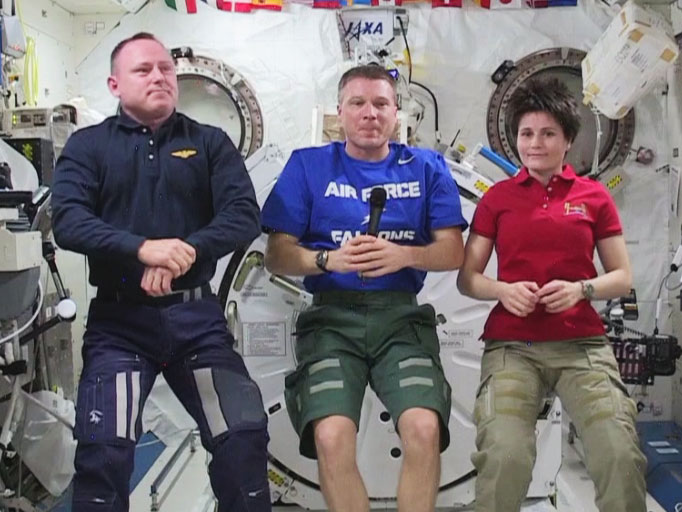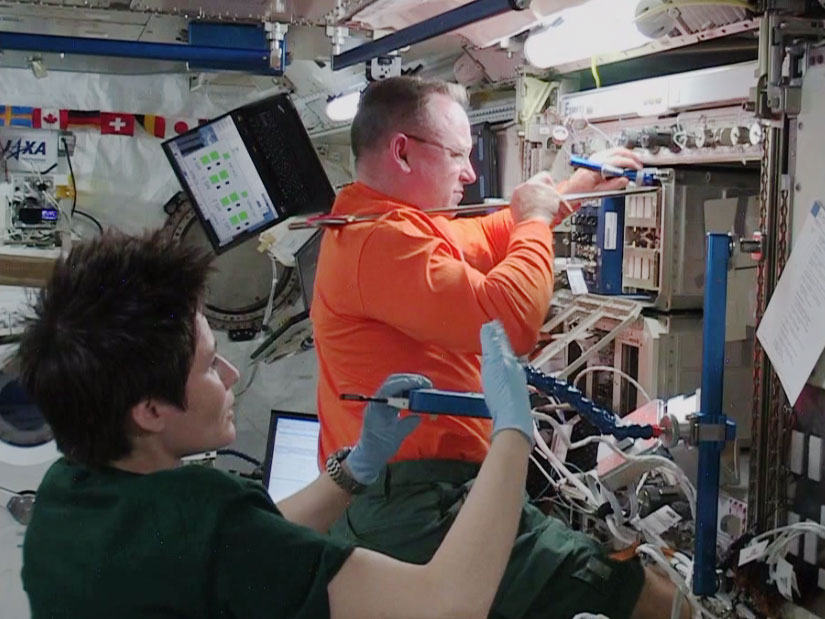
Europe’s Automated Transfer Vehicle-5 (ATV-5) is operating with one less electronics chain that provides power to its batteries after it failed Wednesday. The other three electronics chains are operating normally as flight controllers and the station crew prepare the ATV-5 for its departure Feb. 14.
Cosmonauts Alexander Samokutyaev and Anton Shkaplerov set up gear in the Zvezda Service Module that will monitor the departure of the ATV-5. The European supply ship will fly about 4,000 miles away from the International Space Station before reentering the Earth’s atmosphere over the Pacific Ocean Feb. 27.
› Read more about the ATV-5 mission
NASA astronauts Barry Wilmore and Terry Virts checked a U.S. spacesuit Thursday and attempted to restart its fan motor after it failed. Another spacesuit with a similar issue was packed inside the SpaceX Dragon space freighter, including other gear, hardware and science research, waiting for its return to Earth Feb. 10 where it will analyzed by engineers.









